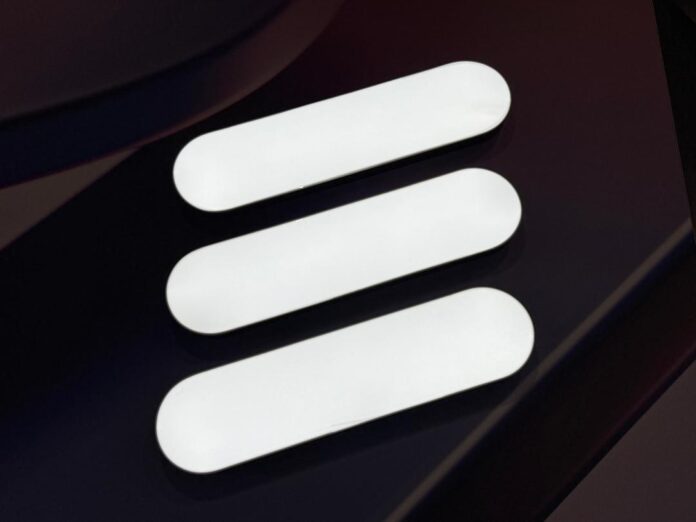Ericsson noted that the test demonstrated that its Radio Dot System can deliver strong indoor 5G performance using the CSPs’ 3.5GHz spectrum and 4×4 MIMO
In sum – what you need to know:
Ericsson demos indoor 5G – Trial at Taipei City Mall showed over 1 Gbps speeds using its multi-operator Radio Dot System.
Lower costs, less power – The solution cuts energy use by 45% and integrates with telco systems to simplify operations.
Start of wider rollout – This marks Ericsson’s first step in expanding indoor 5G coverage across Taiwan.
Swedish vendor Ericsson, in partnership with communications service providers (CSPs) in Taiwan, has completed a 5G field trial at Taipei City Mall, aiming to improve indoor connectivity through its multi-operator 5G Radio Dot System.
Located in a busy transit hub, Taipei City Mall is Taiwan’s largest and longest underground shopping center, making it a challenging environment for consistent 5G coverage, according to the Nordic company.
The vendor noted that the test demonstrated that Ericsson’s Radio Dot System can deliver strong indoor 5G performance using the CSPs’ 3.5GHz spectrum and 4×4 MIMO. During the trial, peak downlink speeds surpassed 1Gbps, highlighting the system’s ability to handle high data demand. The multi-operator setup allows multiple CSPs to share the infrastructure, helping to cut deployment costs and support faster implementation of indoor 5G in large public spaces, the vendor added.
The system also focuses on improving energy efficiency, consuming up to 45% less power than conventional active DAS solutions. It allows operators to integrate operations into their existing network systems, removing the need for a separate management platform.
David Chou, president of Ericsson Taiwan, said: “According to Ericsson Mobility Report, 80% of mobile data traffic occurs indoors. This successful test showcases our ability to enhance indoor 5G connectivity across diverse venues, from malls to airports and metro stations. We are committed to working alongside our customers to scale this technology and ensure the superior and reliable 5G user experience in Taiwan.”
The Swedish vendor also noted it is prepared to support further deployments to help improve indoor connectivity across the country.
In February this year, Ericsson and Taiwanese telco Far EasTone Telecommunications said they have successfully tested a differentiated connectivity cluster using 5G Advanced (5G-A) network capabilities and network APIs during a New Year’s Eve concert at the Taipei Dome, attended by 40,000 people.
Ericsson had noted that the 5G-A trial demonstrated how curated Quality of Service (QoS) can improve mobile experiences in high-density environments, adding that this innovation opens new revenue opportunities for communication service providers.
The Nordic vendor explained that most mobile services today operate on best-effort connectivity, meaning network performance cannot be guaranteed for individual users in highly congested areas, such as large-scale events. However, a recent Ericsson ConsumerLab global study found that 35% of 5G smartphone users would be willing to pay for enhanced connectivity to support essential applications. This trial confirms the potential of on-demand network performance upgrades to meet evolving consumer expectations, said Ericsson.
During the concert, attendees were able to boost their connectivity by purchasing an on-demand performance enhancement package, allowing them to capture and share key moments with significantly improved network speeds. This was enabled by Network APIs, including differentiated connectivity, device location and SIM swap. As a result, uplink speeds increased by 130%, while downlink speeds improved by 198% compared to standard best-effort connectivity.
This trial was made possible by Ericsson’s 5G Advanced software, specifically Automated Radio Resource Partitioning (ARRP), part of the Real-time AI-powered Automation subscription. The vendor highlighted that ARRP dynamically optimizes network slicing to improve efficiency and reduce the need for manual configuration. Additionally, User Equipment Route Selection Policy (URSP) ensured that application-specific traffic was directed through dedicated network slices, maintaining seamless and consistent performance in high-density environments. Far EasTone’s AI platform was also integrated, along with Ericsson’s Cloud Core Exposure Server (CCES), enabling real-time analysis of user behavior and location data to offer personalized connectivity options while ensuring secure transactions.
Taiwan’s three major telecom operators are Chunghwa Telecom, Taiwan Mobile and FarEasTone.

